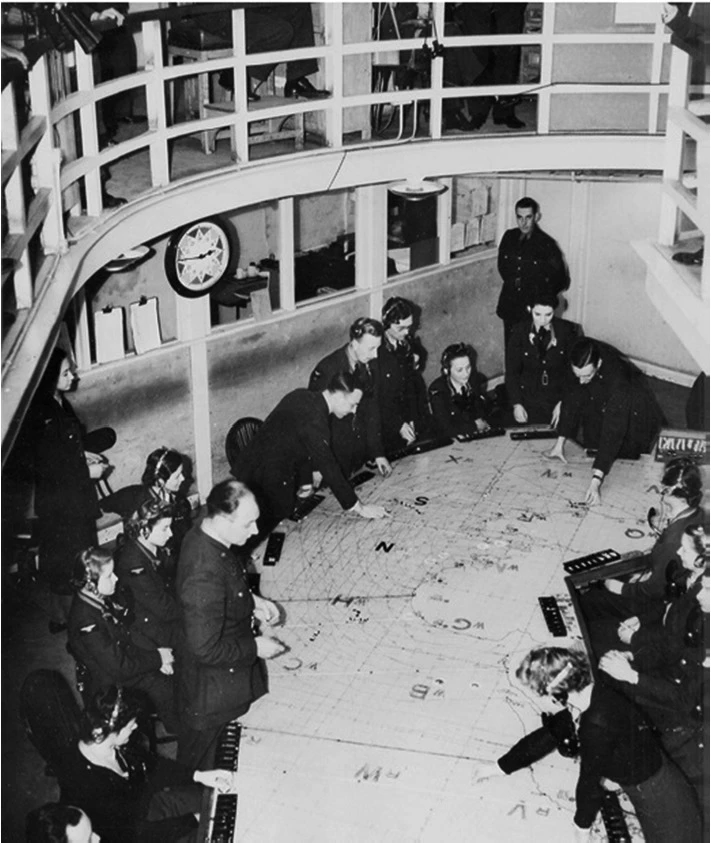Der Band Materiality of Cooperation – herausgegeben von Sebastian Gießmann, Tobias Röhl, Ronja Trischler und Martin Zillinger – ist im Verlag Springer VS erschienen. Darin enthalten ist der von Tristan Thielmann und Christoph Borbach verfasste Beitrag “Chains of Co-operation in the 1940s: Working on the Air Situation Picture”.
Abstract des Kapitels:
This chapter examines radar-based media practices at the beginning of the 1940s using the case study of two data infrastructures. The co-operative production and presentation of centralised Air Situation Pictures in British and German ‘operations rooms’ and their material conditions are praxeologically investigated, based on Harold Garfinkel’s Sociological Theory of Information. The case study shows how the infrastructuring of data flows developed in media practice before computerized methods. For that reason, the chapter analytically changes the axiom of the Actor-network theory of ‘follow the actor’ to ‘follow the data’, based on a historical tracing of ‘chains of co-operation’. The contribution thus provides an utilisation of the perspectives of Science and Technology Studies to media historiography. With this praxeological perspective on information processing, it becomes clear how the systematic, material, but also architectural infrastructure of signal and data paths was a necessary condition for the problem of producing the Air Situation Picture, which had to be solved co-operatively. The analysis of chains of co-operations shows that sequentiality, which is associated with the decomposition of the complex task of producing and visualising Air Situation Pictures, was bound to different actors: While the British system involves more human decision making (especially filtering), the German command post strongly deals with the specific material operations of the map (including combining, marking, scaling and disseminating).

